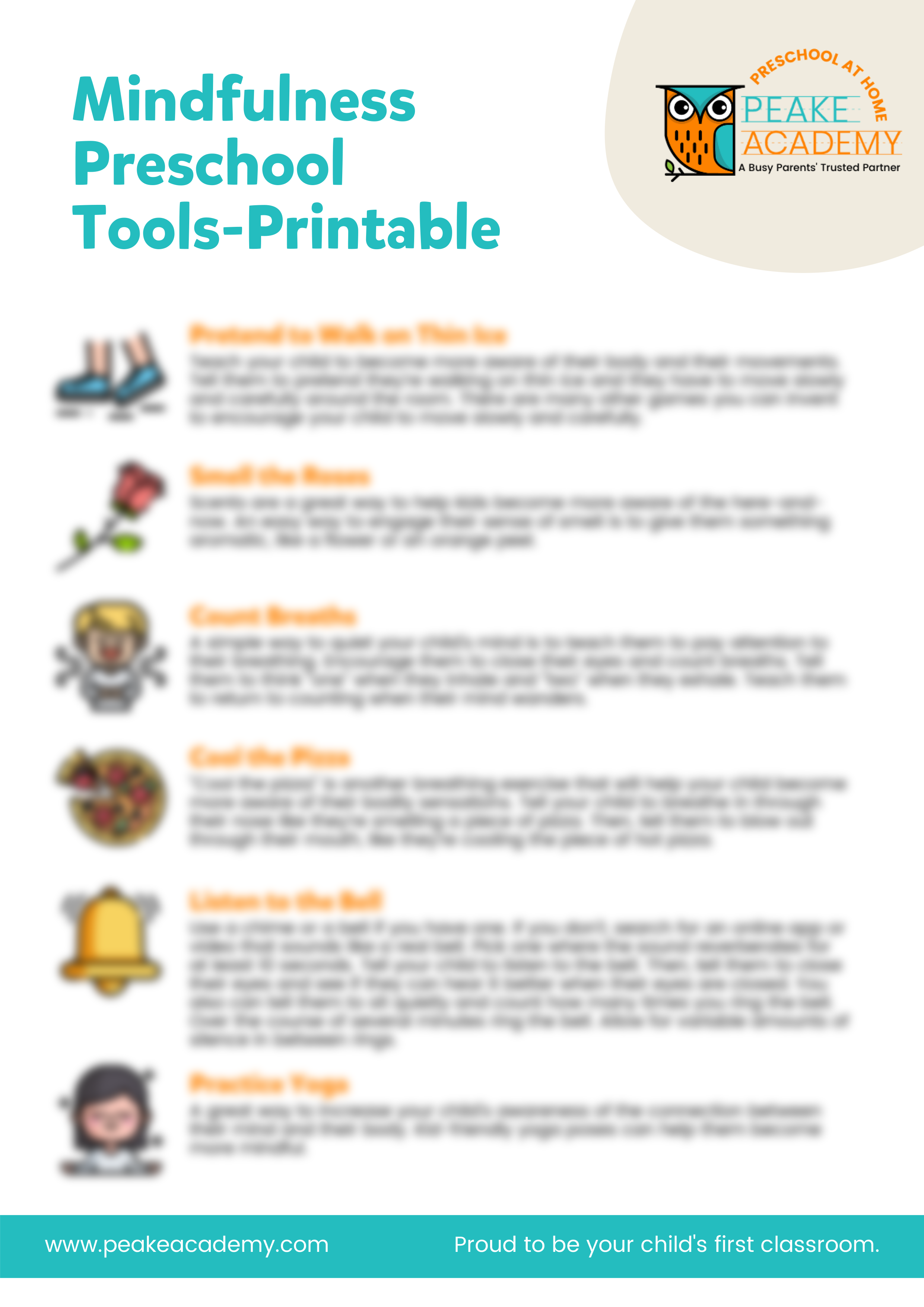Surf the Meltdown, Don’t Sink With It: How to Handle Toddler Emotions With Confidence
One minute you’re zipping up their jacket. The next? They’re on the floor, sobbing because… it’s blue.
Welcome to the toddler years—where the feelings are big, the logic is mysterious, and even simple routines can turn into emotional roller coasters.
But here’s the truth: your toddler isn’t trying to make life harder. They’re learning how to be a human. They’re testing boundaries, figuring out how the world works, and feeling everything all at once—with no idea how to handle it yet.
That’s where we grown-ups come in. Not to shut the feelings down, but to help them ride the wave.
Because when we stay calm, connected, and confident, we give our kids the tools they need to self-regulate—and we start to actually control the chaos (instead of just surviving it).
Let’s talk about how to do that.
So what do you do when the big feelings come crashing in?
Here are a few strategies that don’t just calm the moment—they build emotional strength for the long run:
1. Meet the Moment With Calm, Instead Of Control
It’s easy to go into fix-it mode or match their volume with ours—but big feelings don’t need big reactions. They need a safe place to land.
Try: Getting down on their level, using a quiet voice, and saying, “You’re having a hard time. I’m here.”
This models regulation and helps your child feel safe enough to begin calming down.
2. Validate First. Redirect Later.
Before you try to talk them out of a meltdown, pause and name what they’re feeling.
“I see how upset you are that we had to leave the park.”
Validation doesn’t mean you agree—it means you’re tuning in. Once they feel seen, they’re more open to calming down and moving on.
3. Say More Than Just “No”
A hard “no” can sometimes escalate a moment that’s already heated. Instead, try giving context or a gentle reframe.
“We can’t play with the red truck right now because it’s time to go. Let’s look for it again tomorrow.”
It gives their brain something to process instead of just shutting them down.
4. Offer Safe, Sensory-Friendly Tools
Some kids need movement. Others need quiet. Having a calm-down basket with soft toys, play dough, or a cozy corner with a blanket can give them ways to self-regulate with your support.
This isn’t a punishment—it’s a practice space for big emotions.
5. Talk About Feelings When You’re Not in the Middle of One
Books, pretend play, or drawing faces on paper are great ways to teach emotion vocabulary in calmer moments.
The more your child can name what they feel, the more power they’ll have to work through it next time.
6. Protect the Connection—Even in the Chaos
It’s okay to hold boundaries and be warm.
You can say: “It’s not okay to hit. I’m going to move over here, and I’ll stay close until you’re ready.”
Boundaries feel safest when they’re paired with presence.
7. Remember—You’re a Grown-Up, Not a Robot
You won’t always get it right. You might raise your voice. You might freeze. That’s okay. Repair matters more than perfection.
Circle back. Apologize. Say, “I had a big feeling too, and I’m working on it.”
8. Let Them Move Through It—Literally
Sometimes what looks like misbehavior is really just too much energy with nowhere to go. Offer a safe way to move: jumping, dancing, stomping, even a quick walk outside.
Movement helps release tension and can reset their nervous system more effectively than words ever will.
9. Keep the Environment Predictable (Even If It’s Not Perfect)
Big feelings often show up when kids don’t know what’s coming next. Simple routines—like a consistent bedtime rhythm or a picture schedule—can go a long way in helping toddlers feel safe and in control.
It doesn’t have to be Pinterest-perfect. It just needs to be familiar.
10. Celebrate Small Wins
When your child tries to use words instead of screaming, or takes one deep breath before melting down—notice it. Say it out loud.
“You were really frustrated, and you stopped to take a breath. That was a strong choice.”
Positive reinforcement builds self-awareness and helps good habits stick.
You’re Not Doing It Wrong—You’re Just in the Middle of the Work
Here’s what we hope you remember: your toddler’s big feelings aren’t a sign you’ve failed. They’re a sign that your child is learning—how to feel, how to cope, how to grow.
And while those moments can feel messy (and loud, and exhausting), you’re not alone in them. Every boundary you hold with love, every deep breath you take before responding—that’s the work that matters most.
Free Resource
Thank you for reading this content. And if you loved this post, please be sure to join our Parent Advisor Facebook group where we share more insights and community.
Want more support for navigating big feelings with confidence? Download our free Mindfulness Preschool Tools made by Peake Academy Preschool At Home—a set of calming activities designed to help your child (and you!) regulate emotions throughout the day.
📘 And check out our Behavior Management Workbook—a practical, encouraging resource packed with positive, developmentally appropriate strategies for those challenging moments.
✨ Unlock Joyful Parenting with the Behavior Management Workbook
Your go-to guide for navigating the challenges and triumphs of parenting children ages 3 to 5.
Visit our Parent Advisor and The Buzz Blogs to learn more about related topics and parenting tips. You are welcome to join our private Parent Advisor Facebook group. It’s a growing community of parents and preschool teachers where you can learn and share more parenting tips.












